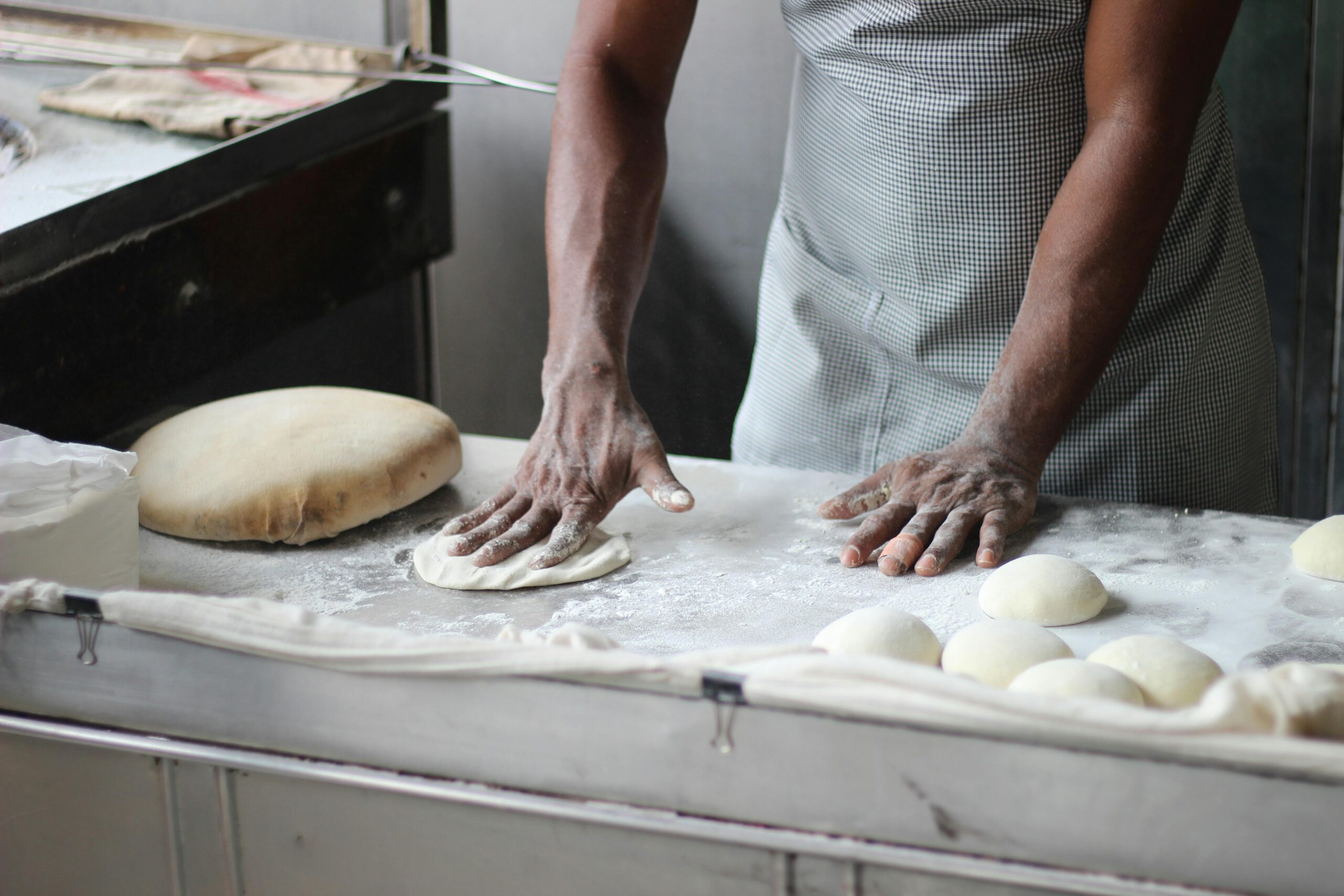Baking essentials – compare the best gear for home baking
Love to bake? At Mardiweb.com, we’ve gathered a wide range of baking tools, mixers, pans, and ingredients in one place. Compare prices, features, and reviews – and find the best baking equipment for your kitchen and your budget.
Find the best deals »